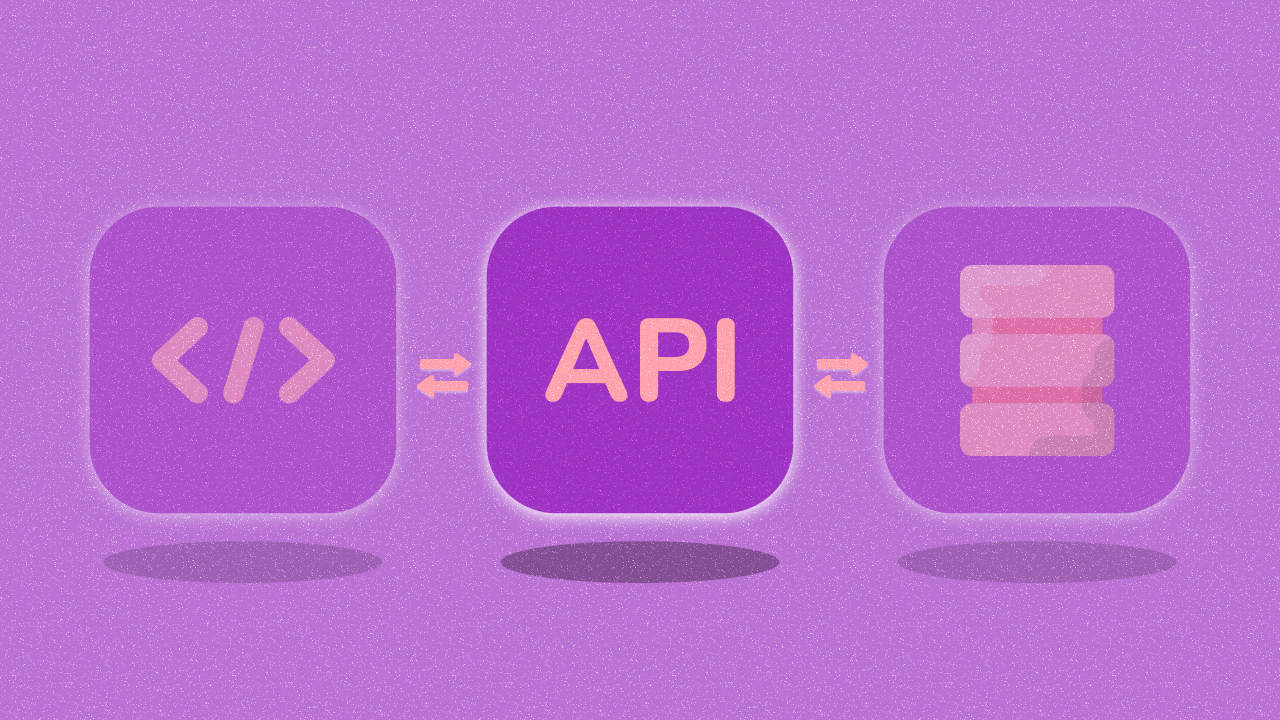
Written by Pat Enriquez
What is an API?
An Application Programming Interface, most commonly known as API, is a mechanism that allows two applications or systems to interact and communicate with each other. It enables the usage and implementation of a lot of different mobile applications that are used in our everyday life.
Say, for example, you’ll use the weather app to check today’s forecast. In order for the app to do this, it will send a request to a weather-tracking company, like OpenWeather, so that your app can request and access weather data.
3 Important terminologies you need to know
Endpoint – this is the point of contact to submit our inputs. With each endpoint, there’s a protocol about inputs that are required and what result you’ll get in return. If you don’t supply the correct input, your request will be rejected.
API endpoints include server URLs and digital locations. These are important because they are vulnerable to hacking and other malicious attacks.
API Key – This is a unique ID to identify your app. This is also used by the system to know who is accessing its endpoints.
Different systems will have their own API with different endpoints and different protocols for each endpoint about what inputs are required. All APIs have documentation that presents how to communicate with the endpoints.
Software Development Kit (SDK) – SDKs are bits of code that will make it easier for you to work with an API. Some systems have an API and will offer an SDK you can download and use in your project to make it easier to work with that particular API.
Benefits of having an API
Increased business agility – Having an API allows companies to have secure access to data and services, making it easier to bring innovation and serve internal partners and consumers.
Improved automation process – APIs allow a more seamless and faster way to connect with applications and systems. What once was a task that was done manually, can now be done in a matter of seconds, saving time and effort.
Can be used without building a new API – If an API is built well, it enables developers to reuse an existing API instead of building a new code every single time.
Leverage already existing applications – APIs are language-independent that allow a faster way to deploy small applications.
Important features APIs must have
Specified message format – Whether it’s JSON, XML, or YAML, an API must give a specific message format and structure that should be used by both the client and the application.
Defined interface with actions APIs can perform – APIs must have a defined interface that specifies what actions APIs can perform, how a client can invoke the actions, and the responses these actions will produce.
Has network protocols – Network protocols include HTTP, HTTPS, and SFTP. APIs should specify what network protocol the client uses for API requests and how it receives responses.
Want to learn more about APIs and how to use them on your app idea? Know how we can help you learn the basics of iOS Development in as fast as 8 days!




